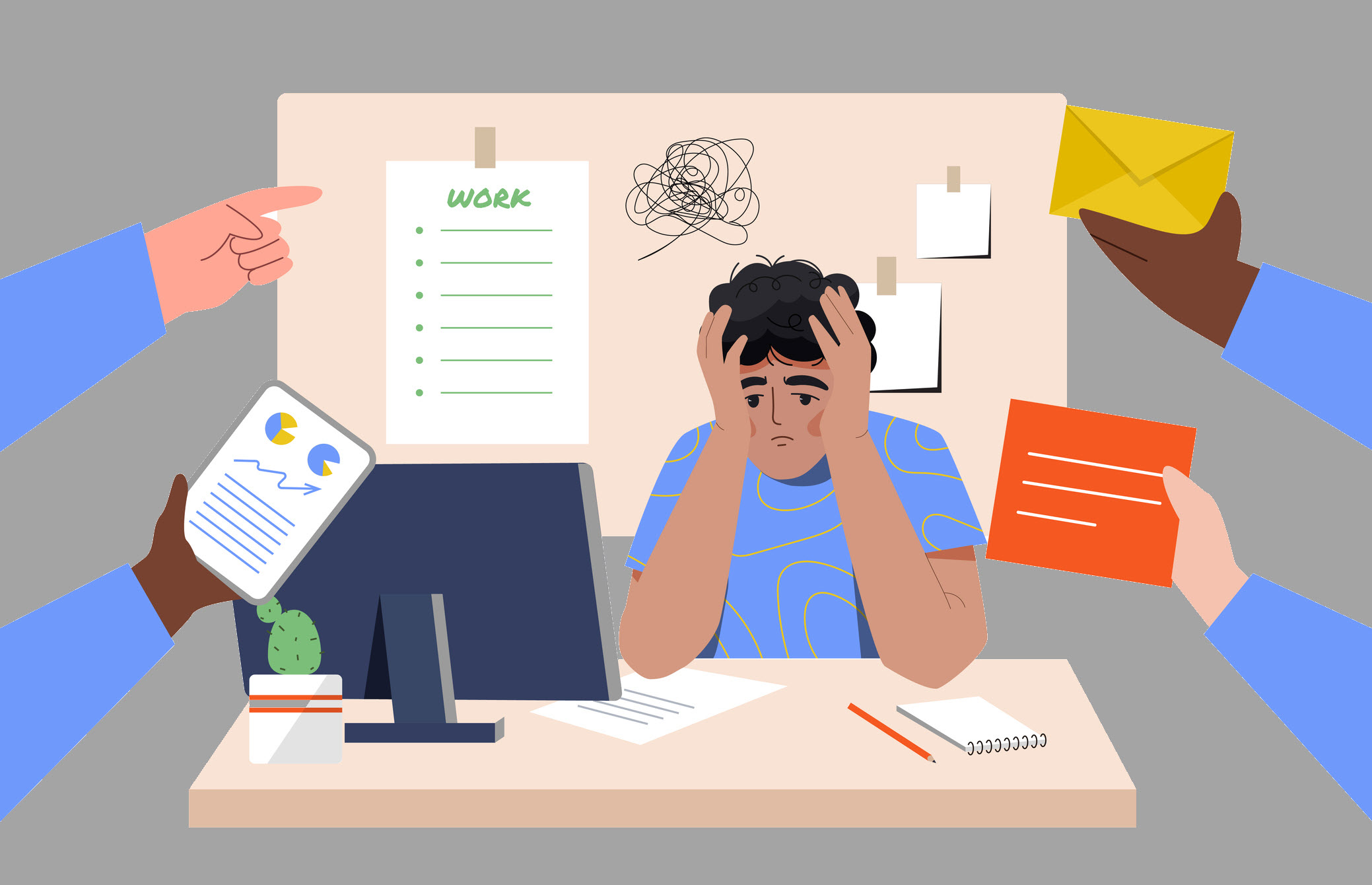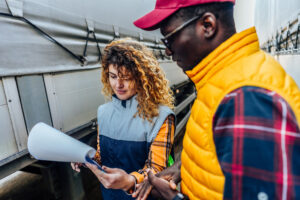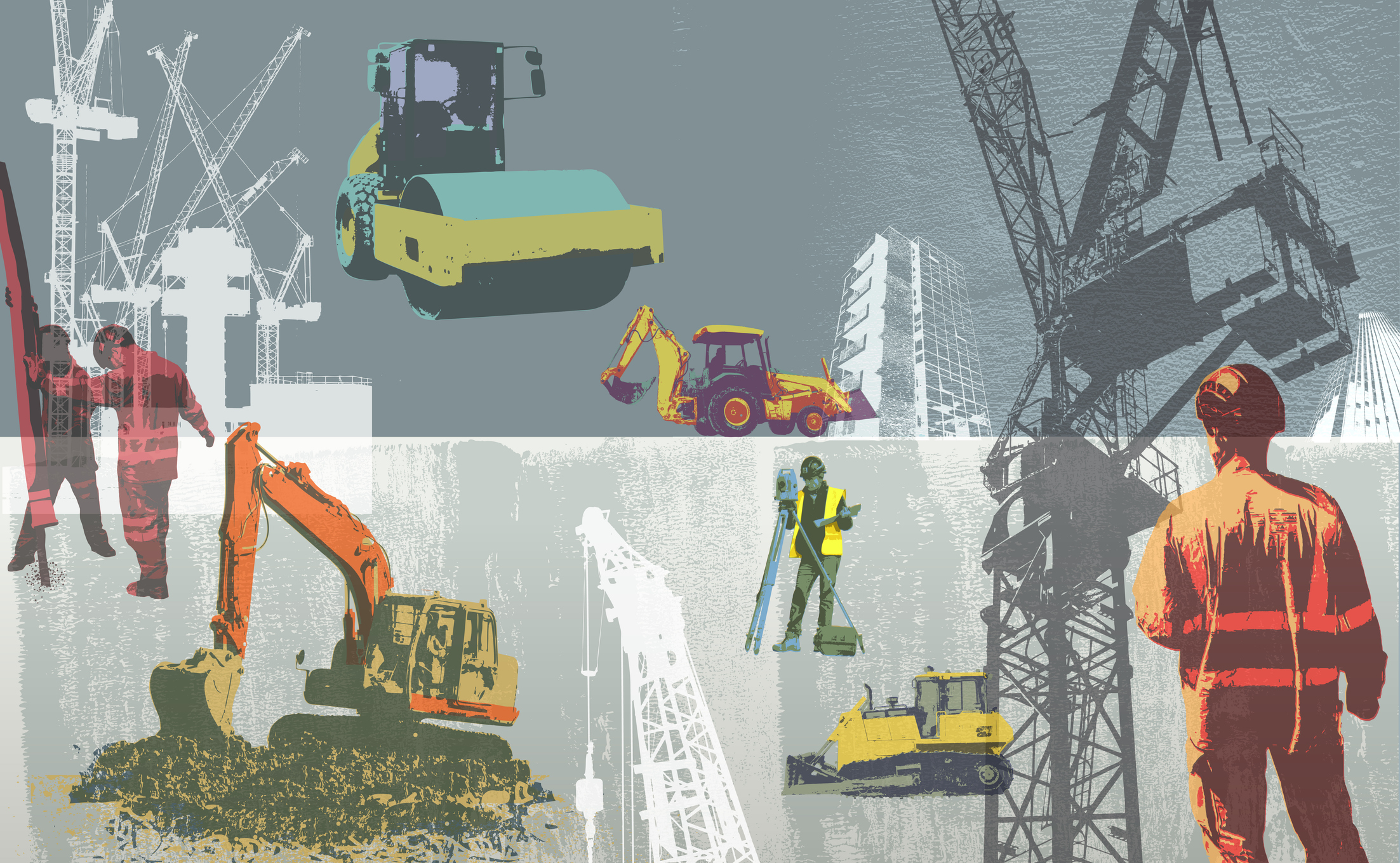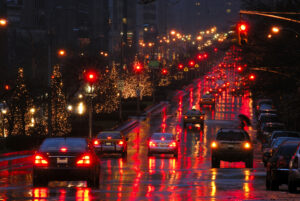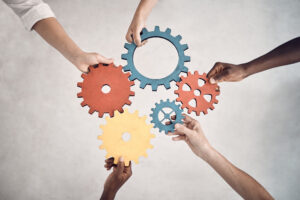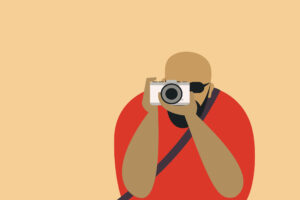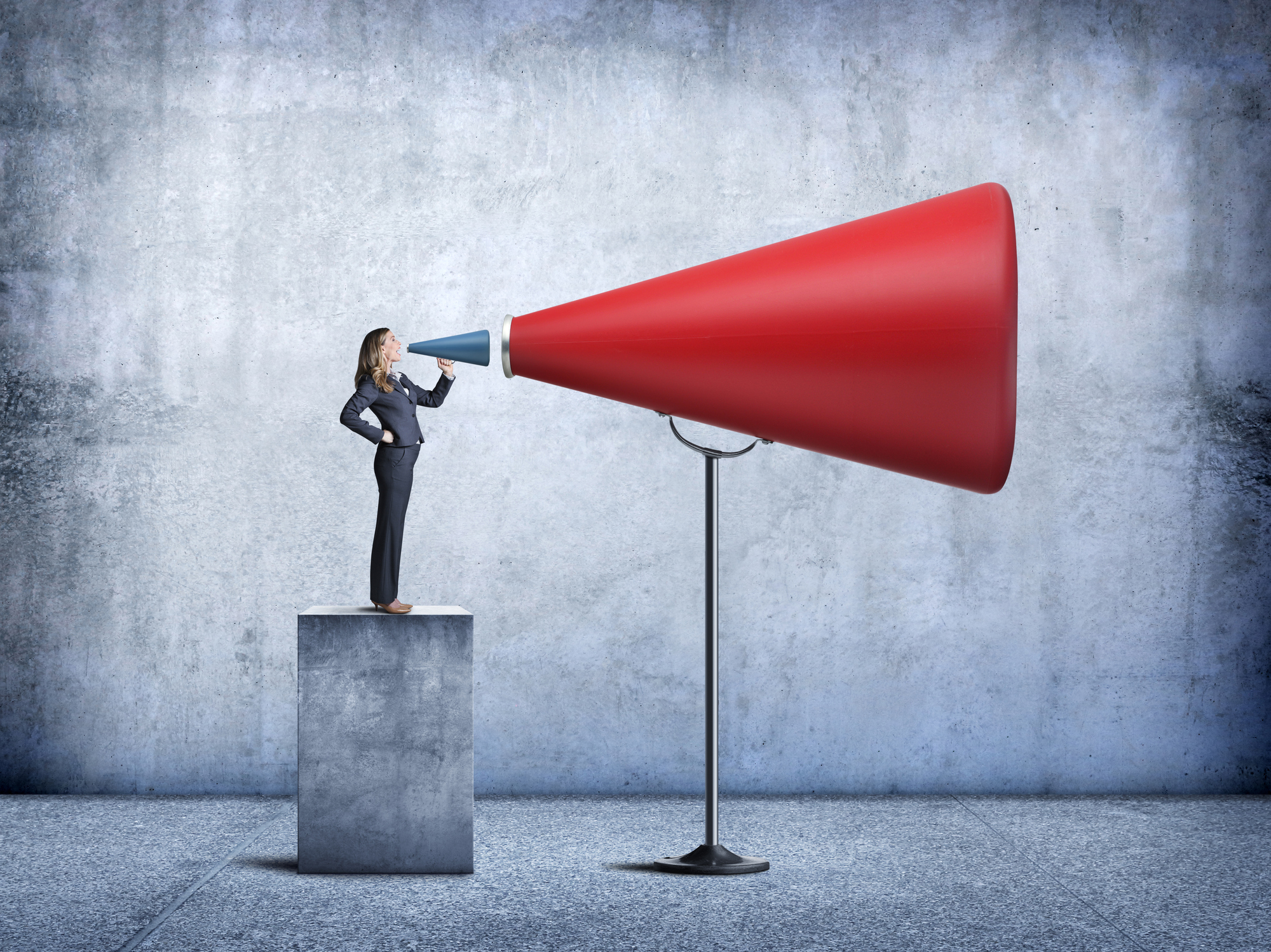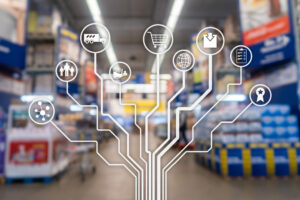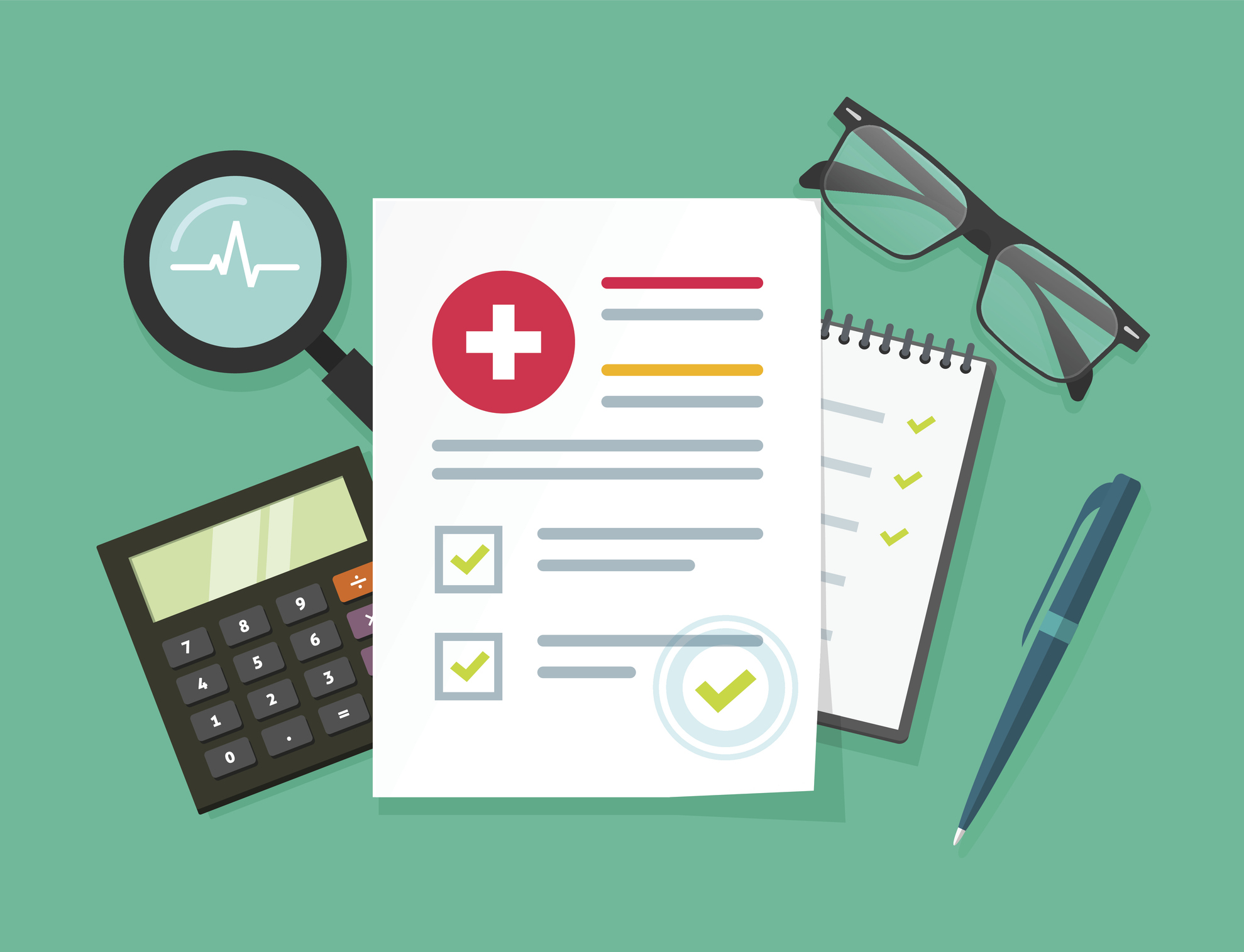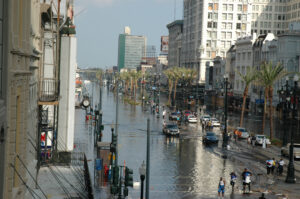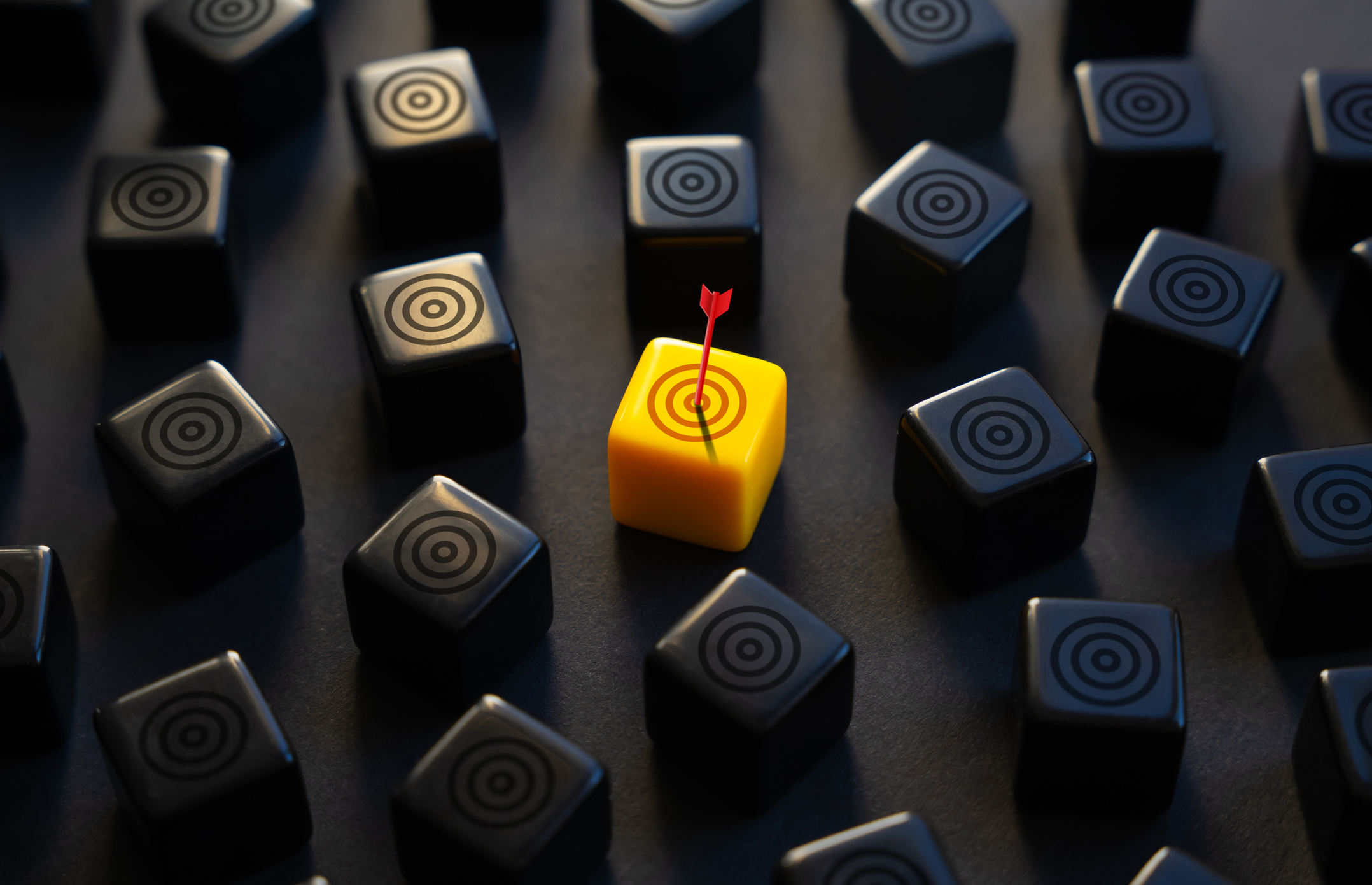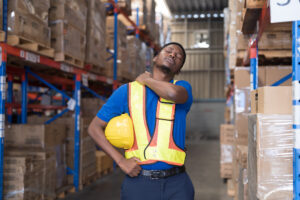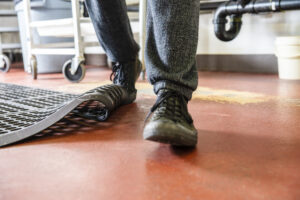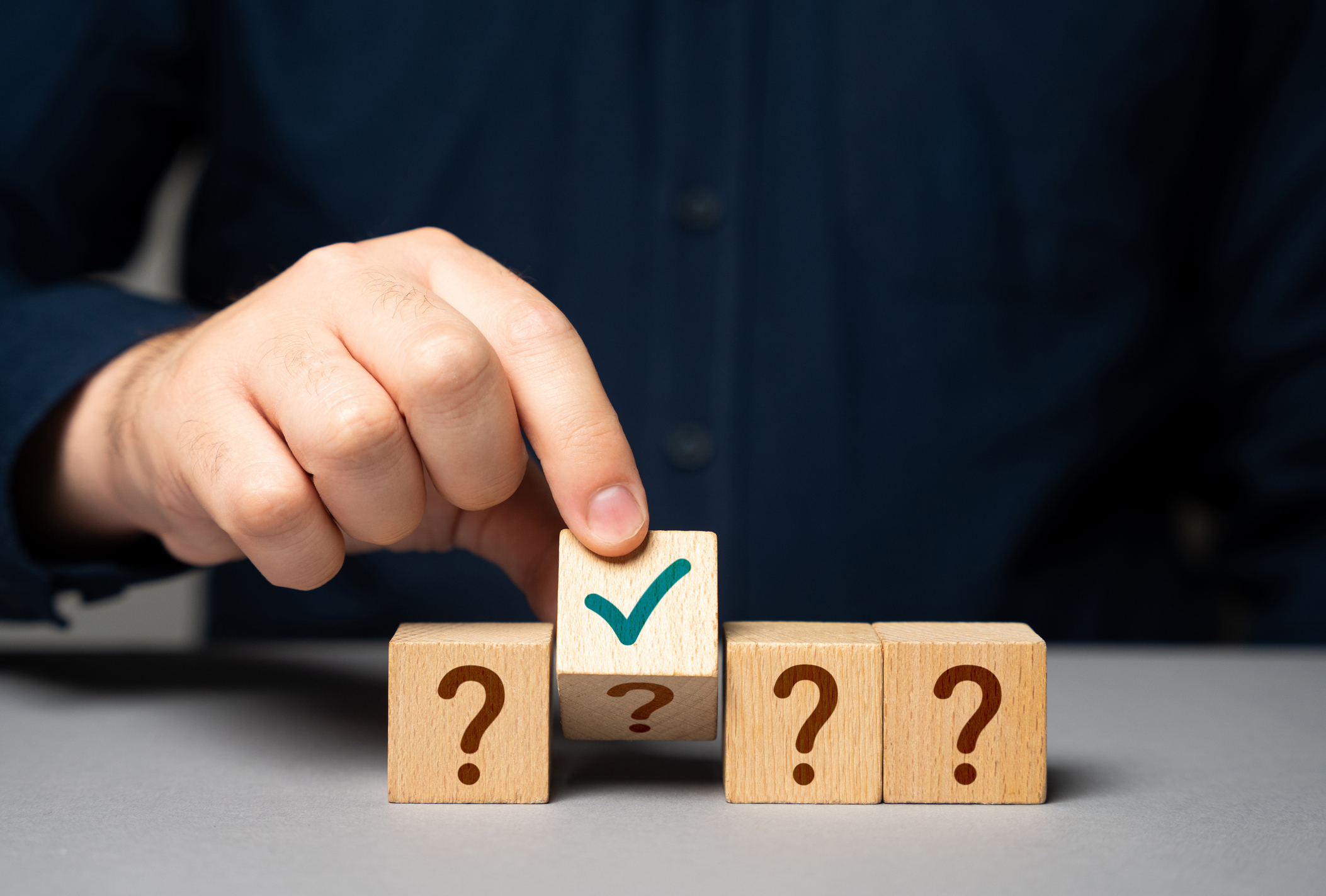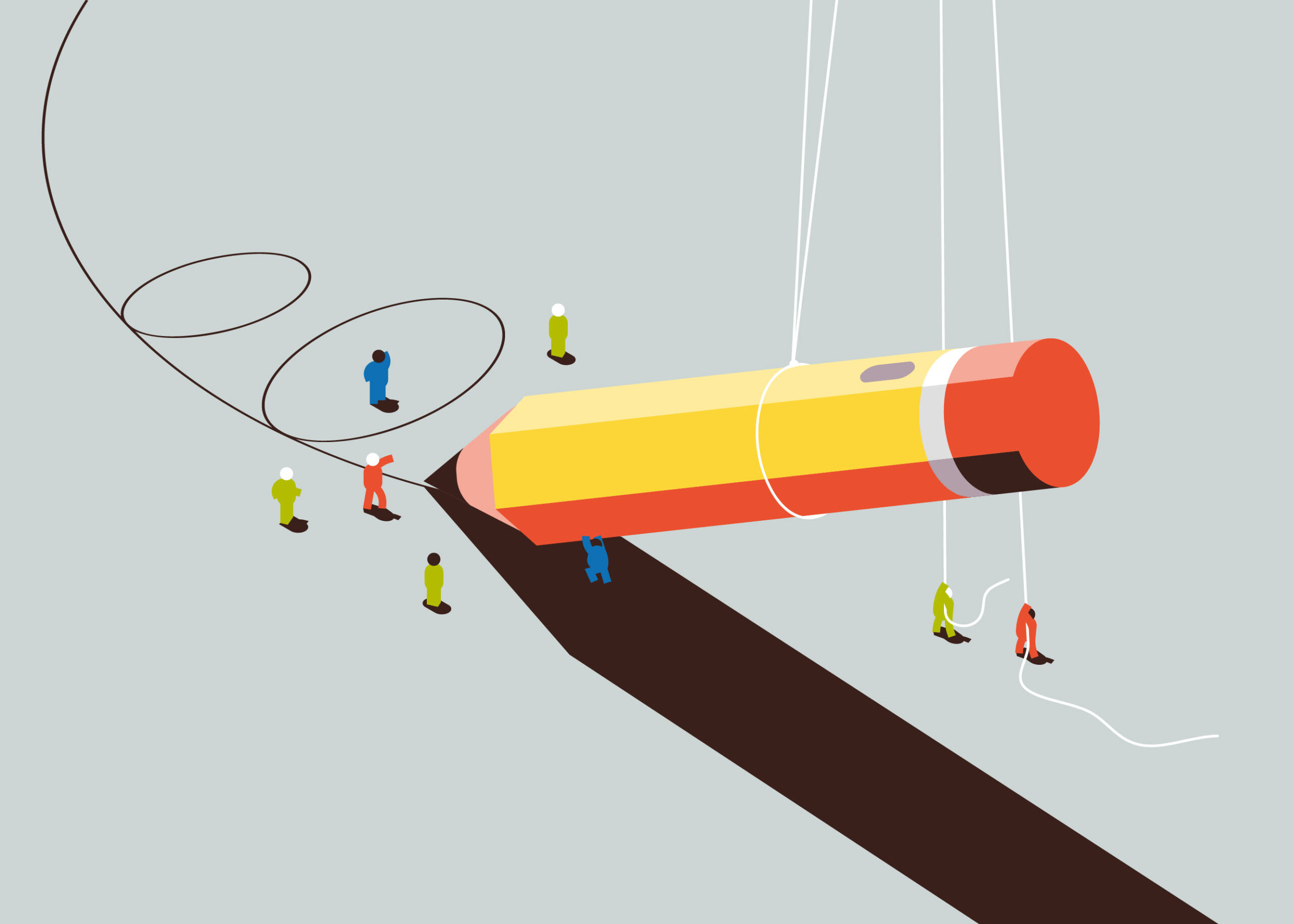Preventing Third-Party Slip and Fall Accidents
Preventing third-party slip and fall accidents is crucial for maintaining a safe and professional business environment. Prioritizing proactive measures can help businesses reduce liability risks while ensuring customer and visitor safety.
April 8, 2025
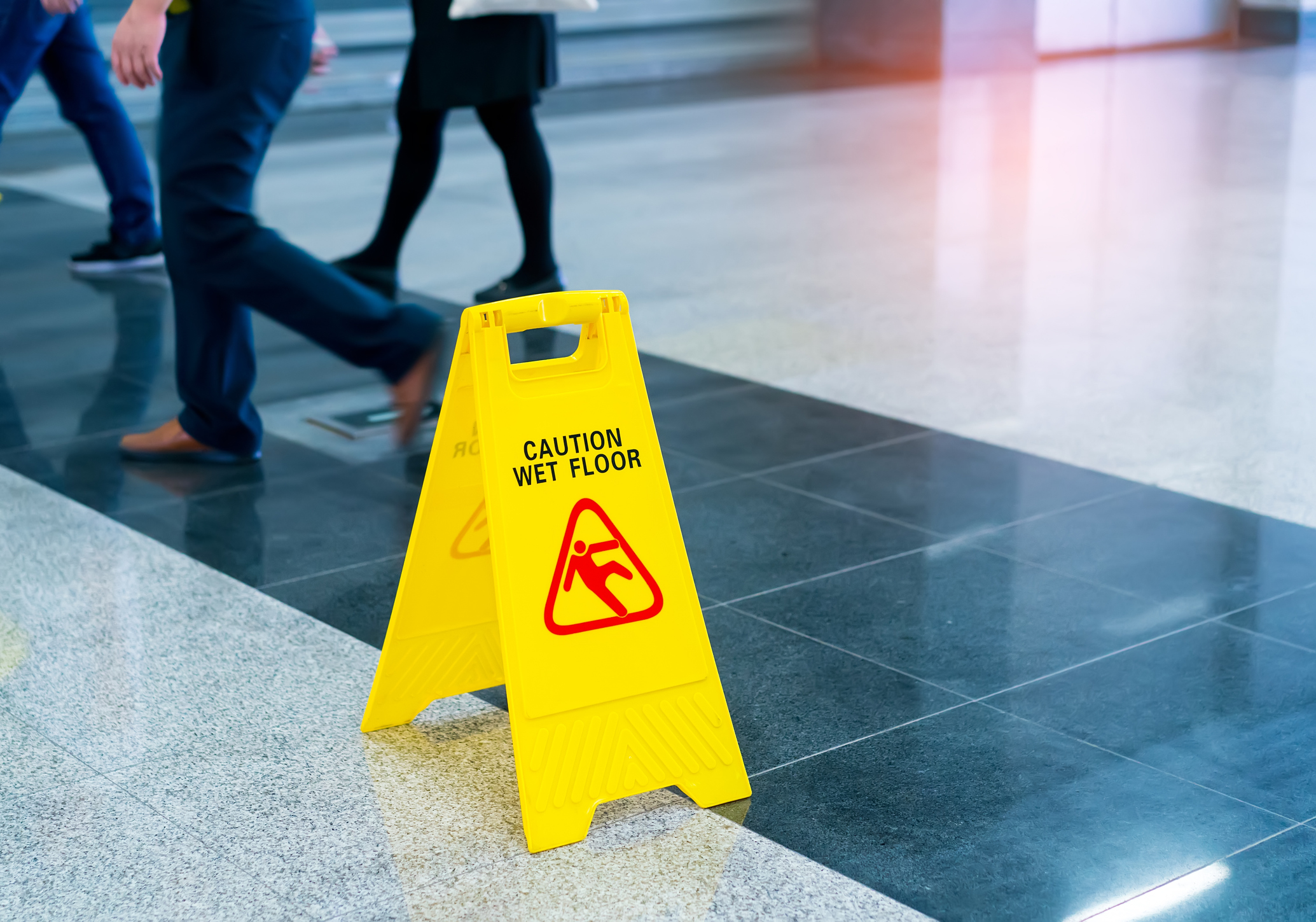
Slip and fall accidents are among the most common causes of liability claims against businesses. Whether it is a customer, vendor, or visitor, a third-party slip-and-fall injury on your premises can lead to costly lawsuits, reputational damage, and even business closure in severe cases. Implementing proactive safety measures can help prevent these incidents, ensuring a safer environment and reducing liability risks.
“Any business setting can have a third-party slip and fall accident, including retail stores, restaurants, offices, or industrial facilities,” said Vik Ramaswamy, Risk Control Director – National Liability and Complex Risk Leader at Safety National. “Early identification and mitigation of risks like wet floors, uneven surfaces, poor lighting, clutter, and weather-related hazards can prevent a costly premise liability claim.”
Here, we outline some of the best practices for preventing slip, trip, and fall incidents.
1. Maintain Clean and Dry Floors
- Regularly inspect floors for spills, leaks, and wet areas, cleaning them immediately.
- Use plenty of wet floor signs in and within the vicinity of areas that have been recently cleaned or where spills occur frequently.
- Place absorbent mats at entrances to reduce moisture tracked in by customers.
2. Repair Flooring and Walkways
- Inspect and repair cracked pavement, loose tiles, or uneven flooring.
- Use anti-slip coatings on high-risk surfaces, such as kitchen floors and walkways.
- Secure loose rugs or mats to prevent tripping hazards.
3. Improve Lighting and Visibility
- Ensure adequate lighting in hallways, stairwells, parking lots, and other high-traffic areas.
- Use motion-activated lighting in areas that may be darker at certain times of the day.
- Regularly inspect and replace burnt-out bulbs to maintain proper visibility.
4. Keep Walkways Clear and Organized
- Remove obstructions such as loose wires, boxes, or misplaced equipment.
- Secure extension cords along walls or use cord covers when running across walkways.
- Establish a routine for decluttering high-traffic areas to prevent tripping hazards.
5. Prepare for Weather-Related Risks
- Install non-slip entry mats to absorb moisture from rain or snow.
- Use ice melt and sand in parking lots and sidewalks during icy conditions.
- Designate staff to monitor and clear entryways of snow, water, and debris.
6. Train Employees on Safety Awareness
- Educate staff on identifying hazards and reporting them promptly.
- Assign team members to conduct daily safety inspections.
- Encourage a proactive approach where all employees take responsibility for a hazard-free environment.
7. Implement a Slip and Fall Response Plan
Even with preventive measures, accidents may still occur. A well-documented response plan ensures proper handling:
- Maintain a current log of floor sweeps and scans for hazards.
- Immediately respond to reports of hazards or risks of potential harm.
- Immediately assist injured parties.
- Document the incident with photos, witness statements, and a written report.
- Preserve video evidence.
- Notify management and legal counsel to assess potential liability.
- Review safety procedures and make improvements to prevent future accidents.
- Have legal counsel review contracts for hired services intended to maintain safe premises.



